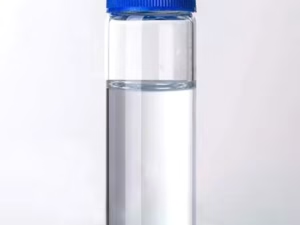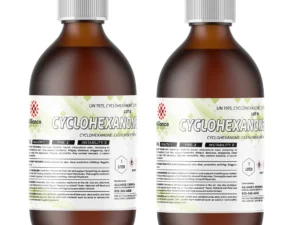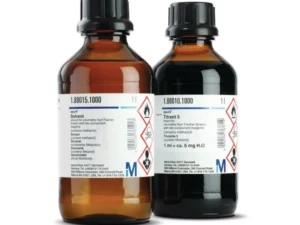Description
Phthalic Anhydride: A Versatile Chemical Building Block Shaping Modern Life
Phthalic anhydride, a colorless to white crystalline solid with a distinct odor, is a pivotal organic compound in the realm of chemical manufacturing. This cyclic anhydride, derived from phthalic acid, serves as a versatile intermediate, acting as a foundational building block for a vast array of products that touch our lives daily. From the plastics encasing our electronics to the vibrant pigments coloring our clothes, phthalic anhydride quietly plays a critical role.
A Chemical Powerhouse: Production and Properties
Phthalic anhydride is primarily produced through the catalytic oxidation of either ortho-xylene or naphthalene. The process involves passing these raw materials, along with air, over a vanadium pentoxide catalyst at elevated temperatures. The resulting vapor undergoes controlled cooling and condensation, yielding phthalic anhydride in its solid form.
Its key properties, including its reactivity with alcohols, amines, and other nucleophiles, make it a highly desirable chemical building block. The anhydride ring readily opens, allowing for the formation of esters, amides, and imides, leading to a diverse range of downstream products.
Applications Across Industries: A Wide and Varied Spectrum
The versatility of phthalic anhydride is reflected in its extensive applications across diverse industries. Here are some of the most significant:
- Plasticizers: By far, the largest application is in the production of plasticizers, primarily phthalate esters. These substances are crucial for enhancing the flexibility and workability of plastics, particularly polyvinyl chloride (PVC). Without phthalate plasticizers, PVC would be brittle and unsuitable for many applications, such as flooring, cables, and medical tubing.
- Alkyd Resins: Phthalic anhydride is a key component in the production of alkyd resins, which are widely employed in paints and coatings. Alkyd resins offer excellent durability, gloss, and adhesion, making them essential for protecting surfaces from corrosion and weathering.
- Polyester Resins: Certain polyester resins, particularly unsaturated polyester resins (UPR), also rely on phthalic anhydride as a raw material. UPRs find use in reinforced plastics, such as fiberglass, which is used in boat hulls, automotive parts, and construction materials.
- Pigments and Dyes: Phthalic anhydride contributes to the manufacture of a variety of pigments and dyes, including phthalocyanine pigments. These pigments, known for their vibrant colors and excellent lightfastness, are used in inks, paints, and textile dyeing.
- Pharmaceuticals and Agrochemicals: Although a smaller segment, phthalic anhydride plays a role in the synthesis of certain pharmaceuticals and agrochemicals. Its reactivity allows for the creation of complex molecules with specific biological activities.
Environmental and Health Considerations: Responsible Use and Innovation
While phthalic anhydride offers numerous benefits, it’s crucial to acknowledge potential environmental and health concerns associated with its production and use. Some phthalate esters have been identified as endocrine disruptors, raising concerns about their potential impact on human health. This has led to increased regulatory scrutiny and a push for safer alternatives.
Industry efforts are focused on:
- Developing safer alternatives: Research and development are actively pursuing alternative plasticizers with improved toxicological profiles.
- Implementing closed-loop production processes: Minimizing emissions and waste through efficient manufacturing processes.
- Promoting responsible waste management: Ensuring proper disposal and recycling of phthalic anhydride and its derivatives.
The Future of Phthalic Anhydride: Adapting to a Changing World
Phthalic anhydride remains a significant chemical intermediate, but its future depends on navigating evolving regulations and consumer preferences. The industry is actively adapting by exploring bio-based alternatives and developing more sustainable production methods. Further research into safer plasticizers and innovative applications will be critical in ensuring the continued relevance of phthalic anhydride in a changing world.
In conclusion, phthalic anhydride is a silent but essential component of modern life. Its versatility and wide range of applications make it a vital chemical building block. While environmental and health concerns must be addressed, ongoing innovation and a commitment to responsible practices will help ensure that phthalic anhydride continues to contribute to technological advancements and improved quality of life.

















Reviews
There are no reviews yet.